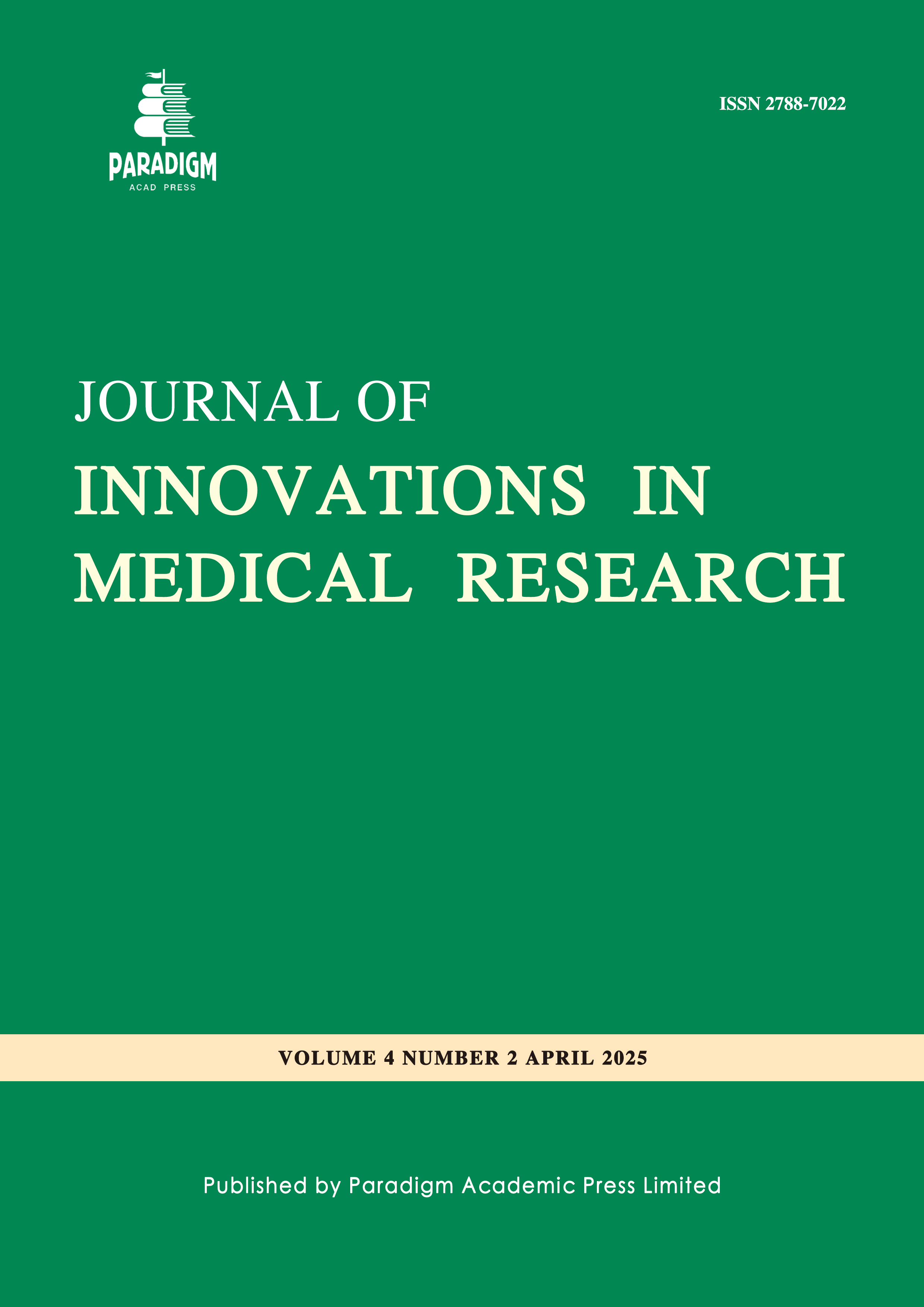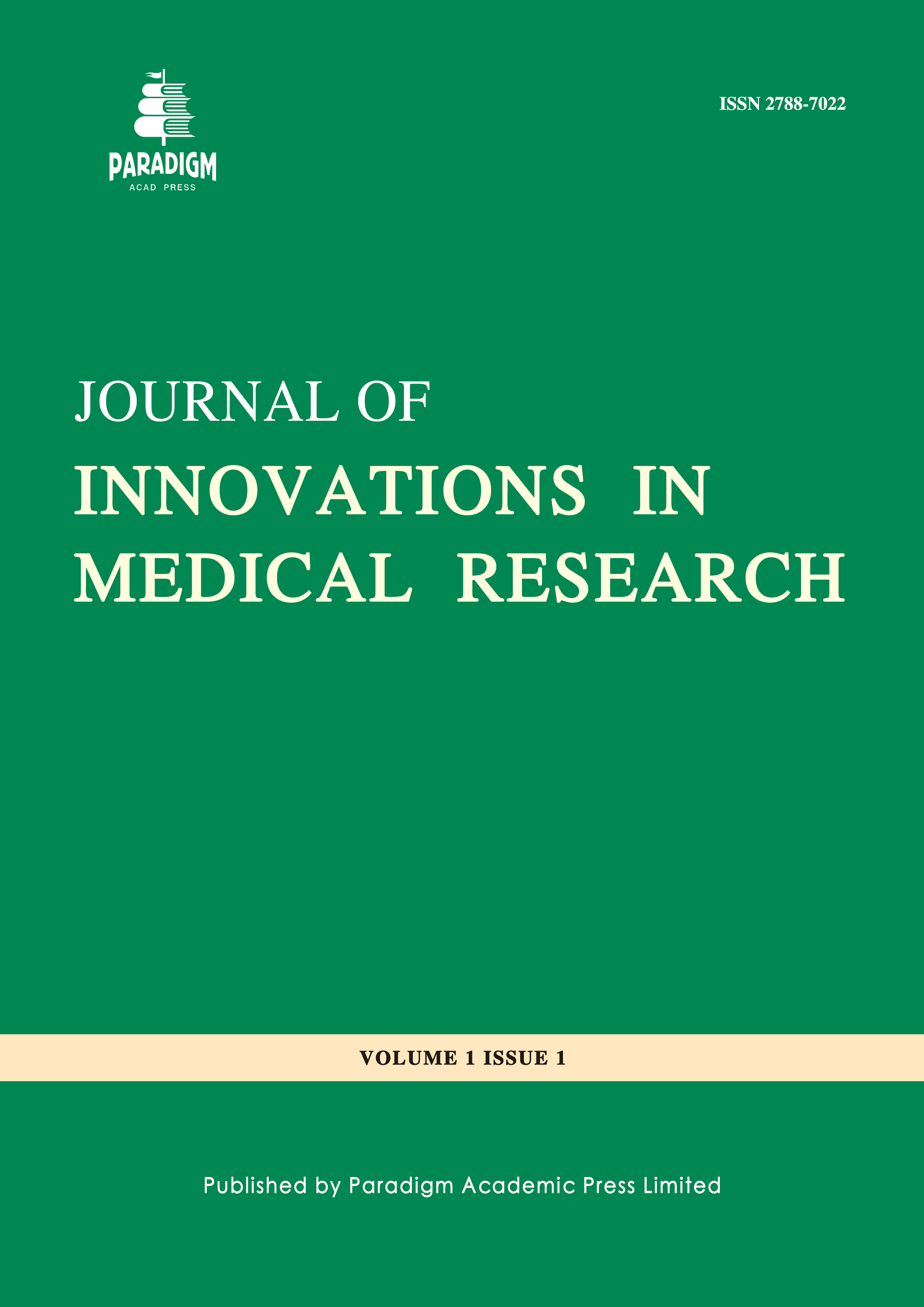High Price of Perfection that Is Anatomy: Why Studying and Teaching the Human Body Is a Financial Muscle
Keywords:
anatomy department, medical education, cadaveric dissection, budget, gross anatomy, histology, embryology, anatomical models, digital tools, tissue preservation, educational costs, sustainable fundingAbstract
The Anatomy Department is often viewed as one of the most expensive to maintain within Basic Medical Sciences, a reality not unique to any particular institution but consistent globally. This mini-review examines the factors contributing to the high costs of maintaining an Anatomy Department, including specialized infrastructure, safety regulations, ethical considerations, and the resources required for cadaveric dissection. The separation of anatomy buildings from other departments is driven by safety and hygiene needs, psychological and ethical concerns, and space requirements for specialized labs. Unlike other departments, Anatomy requires multiple dedicated labs, such as dissection, microscopic anatomy, and model/simulation labs, which add to the financial burden. Additionally, the procurement, preservation, and ethical management of human specimens incur significant ongoing costs. The rise of digital tools like the Anatomage table, though beneficial in some ways, presents high initial and maintenance costs that may exacerbate financial challenges, particularly for institutions in resource-constrained settings. While digital dissection tools offer educational advantages, they cannot replace the hands-on experience of working with human cadavers, which is essential for developing ethical and professional medical practices. This review calls for sustainable funding models and innovative solutions to reduce financial pressures while ensuring the continued success and efficacy of anatomy education.



